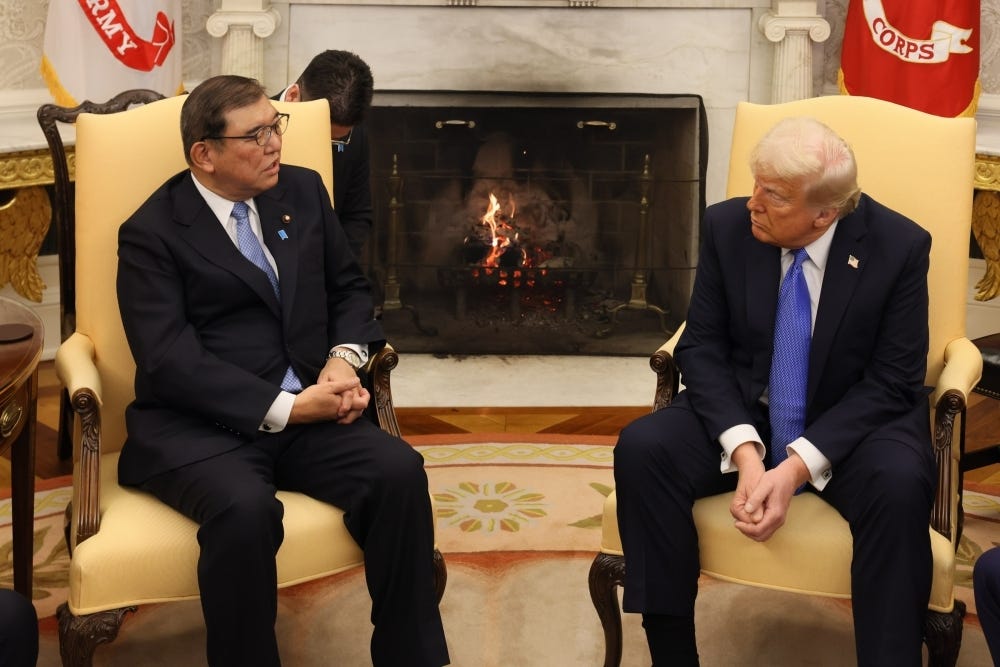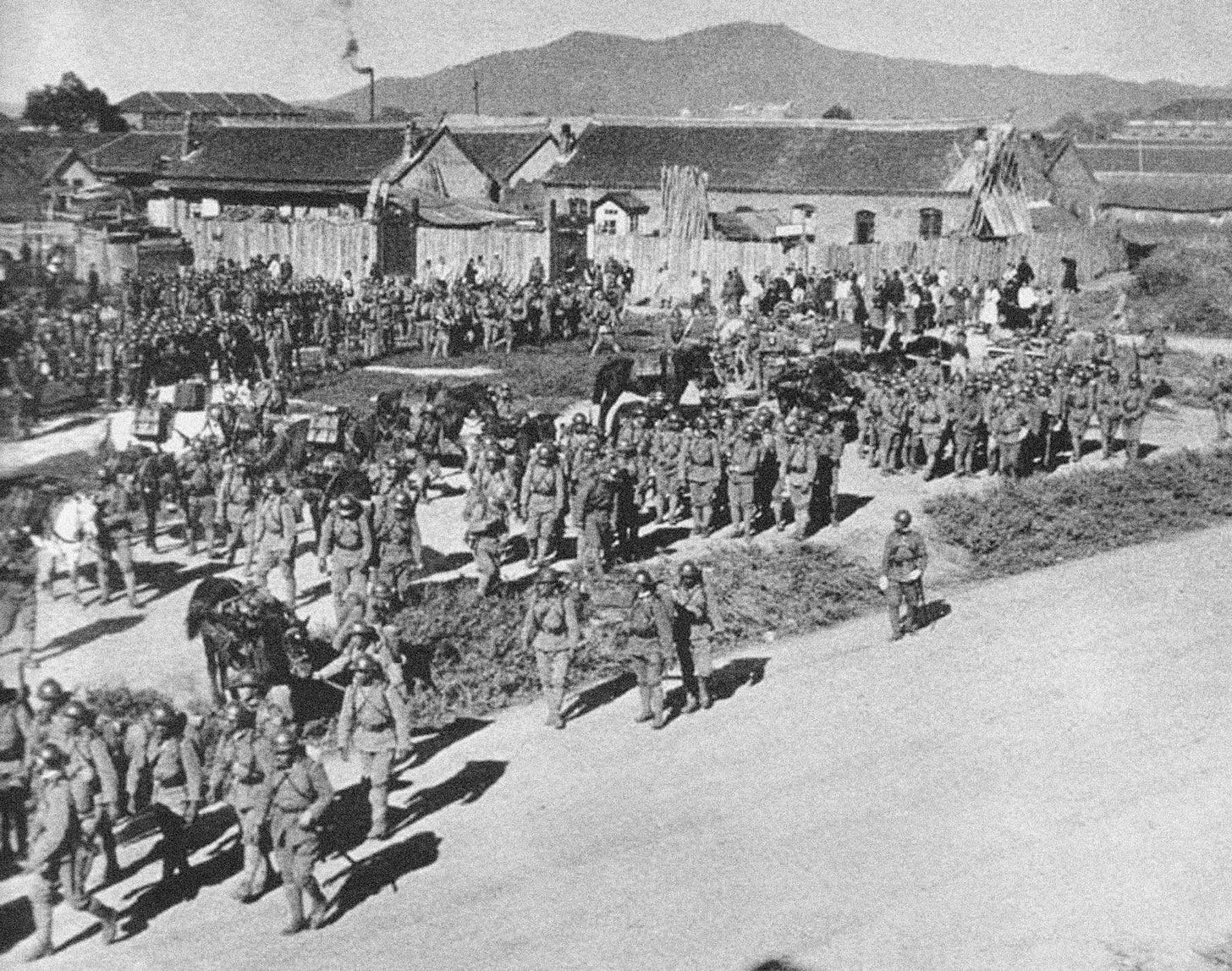This afternoon, a group of left-wing activists held an anti-Trump and anti-Ishiba protest near the U.S. embassy. For context, Ishiba is the current prime minister of Japan. The protest ended in a scuffle with police, and activists on social media are saying that two people were unjustly arrested.
It might seem small, but Japan has a long and complicated history when it comes to political extremism and I think that moments like this are just the latest ripple in something much deeper. Here is a video on X (Twitter) of today’s protest.
Political extremism on both sides is dangerous. That applies everywhere. In Japan, the far left really came into view after the war, especially during the Anpo Protests (Anpo Toso). From 1959 to 1960, the country saw massive demonstrations against the renewal of the U.S-Japan Security Treaty. Many Japanese people were sick of having American military bases across the country, and a lot still feel that way.
The protests reached a boiling point in June 1960. Huge crowds surrounded the National Diet Building (Japan’s parliament house) and riot police were sent in. A young female student protester was killed, Prime Minister Nobusuke Kishi (who was Shinzo Abe’s grandfather) was forced to step down, and President Eisenhower ended up cancelling his trip to Japan.
And here’s something a lot of people don’t know or like to admit: the yakuza were called in to help protect the Diet from protesters. They helped suppress the protests, the treaty was signed, and the bases still exist today. In Japan, politics and organised crime have always had a quiet, friendly connection.
In 1970, there was another wave of Anpo protests but it didn’t have the same scale or impact.
The far right in Japan goes back even further, and it gets darker. I still remember this one random fan I met at a wrestling show. After Shinzo Abe’s assassination, she leaned over and told me, “The plan is working. The wheels are in motion.” I had no idea what she was talking about, but it creeped me out. She was clearly a nut job. It was strange to me that an ultranationalist would say that because Abe himself was something of one too, but he was also incredibly strategic. He managed to win over Donald Trump with hamburgers and golf. That might sound like a joke, but it worked. Current Prime Minister Ishiba instead took hours of lessons from business teachers, employed actors, and tried to recreate how a meeting with Trump might be. The real meeting was a complete disaster.
In the 1920s and 1930s, far-right ultranationalist groups started gaining traction in Japan. They were pushing for imperial expansion, emperor worship, and the rejection of anything that resembled Western democracy. Their ideas took hold in the military very fast.
In 1931, during what’s now known as the Mukden Incident, Japanese soldiers blew up a section of railway in Manchuria and blamed it on the Chinese. It was a setup. That fake incident was used as an excuse to invade the region. The civilian government didn’t approve it but the military did it anyway, and after that they basically took control of Japan’s foreign policy. The 1930s were filled with political assassinations, coup attempts, and violence by right-wing extremists. Japan’s democracy was hanging on by a thread.
Then it broke completely.
Today’s protest may seem small but these things don’t come out of nowhere. Japan has a long history of political extremes and the left and right have both tried to push this country in dangerous directions.
Those forces have always been around. They don’t go away. They just wait.
And when the right conditions show up, they will come back.
Rionne McAvoy is the director of the award-winning documentary The One's Left Behind: The Plight of Single Mothers in Japan, showcasing his dedication to addressing pressing social issues. A committed documentary filmmaker and professional wrestler, he explores critical themes with passion and insight. Additionally, he has a keen interest in post-World War II Japan, particularly the intricate connections between politicians and gangsters during that era. Known in the professional wrestling ring as Rionne Fujiwara, he brings the same determination and storytelling prowess from his wrestling persona to his filmmaking endeavors.







